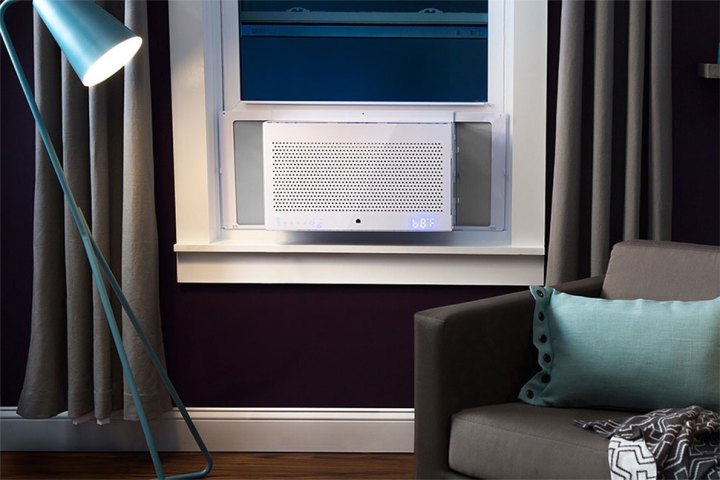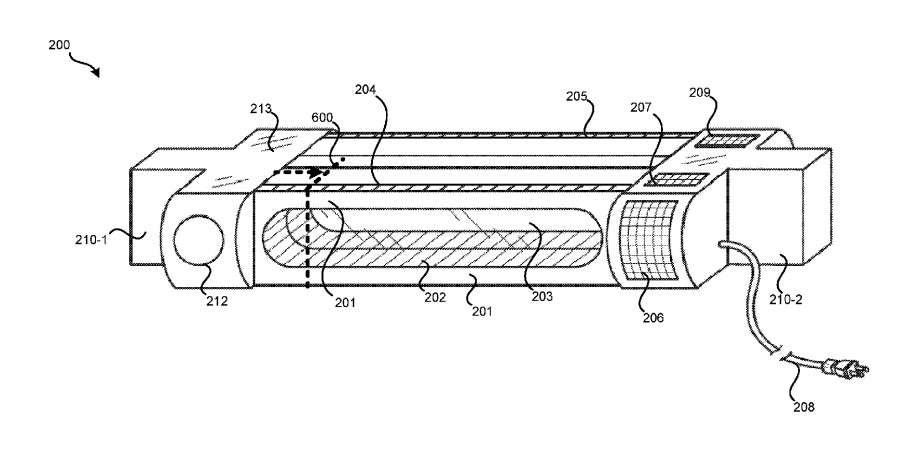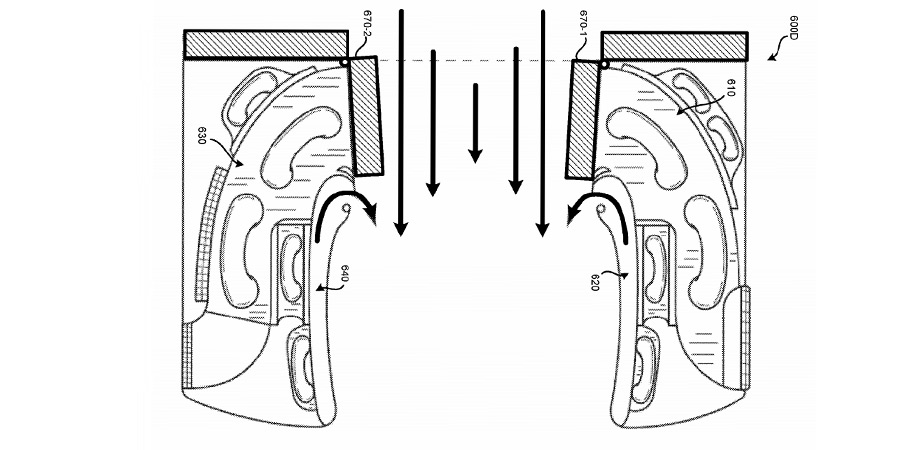
The patent filed this week breaks down a number of problems with traditional air conditioner designs. They’re noisy, have poor seals that allow hot air to flow back into the home, block much of a window’s view, and prevent the window from being opened any further. Google’s solution to all of those is a fanless design that lets you see straight through the machine, while offering several cooling modes to minimize noise and power draw.
Google’s idea looks to operate in a similar manner to Dyson’s bladeless fan designs. By utilizing that concept along with a large section of insulated glass, Google’s air conditioner could allow light in from outside, thereby reducing the obstruction to the outside created by traditional window-mounted air conditioning units.
Moreover, Google’s design also looks to different methods of cooling the interior of a home. In making the air conditioner more low profile and fixed into the frame of the window, it would allow for the window to be opened to allow air in. The air conditioner itself could do this as well, if exterior temperatures were cool enough to not require compression-based cooling.
As a more midrange solution for cooling, Google has discussed evaporator loops which could, when combined with a smart thermostat, help cool a house or room without much power draw.
For a more powerful solution, the design also discusses the use of Peltier-based cooling, rather than phase change units, which help bring down the size of the air conditioning unit. Theoretically, this could be used as a heating element for a home as well.
This is of course just a patent filing, so there’s no guarantee that Google will make such a product anytime soon. However, the firm has shown a real interest in developing more smart-home gadgets and products in the last couple of years, so building such a cooling unit and incorporating it with Google Home smart assistance wouldn’t require too much of a stretch of the imagination.








